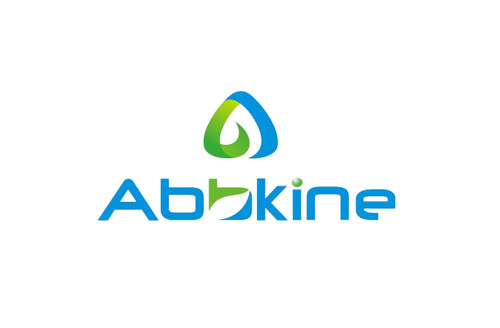Product Description
Rat Angiotensin II receptor type 1 antibody (AT1R-Ab) ELISA Kit | AE62704RA | Abebio
Species Reactivity: Rat (Rattus norvegicus)
Abbreviation: AT1R-Ab
Alternative Name: AGTR1; AG2S; AG2-S; AGTR1A; AGTR1B; AT1; AT1B; AT2R1; AT2-R1; AT2R1A; AT2R1B; HAT1R; AT1 Receptor; Angiotensin Receptor 1B
Application: ELISA
Range: 0.156-10 ng/mL
Sensitivity: 0.053 ng/mL
Intra-Assay: ≤5.3%
Inter-Assay: ≤8.2%
Recovery: 1, 03
Sample Type: Serum, Plasma, Other biological fluids
Detection Method: Sandwich
Analysis Method : Qualitative
Test Principale: This assay employs a two-site sandwich ELISA to quantitate AT1R-Ab in samples. An antibody specific for AT1R-Ab has been pre-coated onto a microplate. Standards and samples are pipetted into the wells and anyAT1R-Ab present is bound by the immobilized antibody. After removing any unbound substances, a biotin-conjugated antibody specific for AT1R-Ab is added to the wells. After washing, Streptavidin conjugated Horseradish Peroxidase (HRP) is added to the wells. Following a wash to remove any unbound avidin-enzyme reagent, a substrate solution is added to the wells and color develops in proportion to the amount of AT1R-Ab bound in the initial step. The color development is stopped and the intensity of the color is measured.
Product Overview: Angiotensin II receptor, type 1 or AT1 receptor is an angiotensin receptor. It has vasopressor effects and regulates aldosterone secretion. It is an important effector controlling blood pressure and volume in the cardiovascular system.It is the best elucidated angiotensin receptor.The angiotensin receptor is activated by the vasoconstricting peptide angiotensin II. The activated receptor in turn couples to Gq/11 and thus activates phospholipase C and increases the cytosolic Ca2+ concentrations, which in turn triggers cellular responses such as stimulation of protein kinase C. Activated receptor also inhibits adenylate cyclase and activates various tyrosine kinases.
Stability: The stability of ELISA kit is determined by the loss rate of activity. The loss rate of this kit is less than 5% within the expiration date under appropriate storage condition. The loss rate was determined by accelerated thermal degradation test. Keep the kit at 37°C for 4 and 7 days, and compare O.D.values of the kit kept at 37°C with that of at recommended temperature. (referring from China Biological Products Standard, which was calculated by the Arrhenius equation. For ELISA kit, 4 days storage at 37°C can be considered as 6 months at 2 - 8°C, which means 7 days at 37°C equaling 12 months at 2 - 8°C) .
 Euro
Euro
 USD
USD
 British Pound
British Pound
 NULL
NULL








